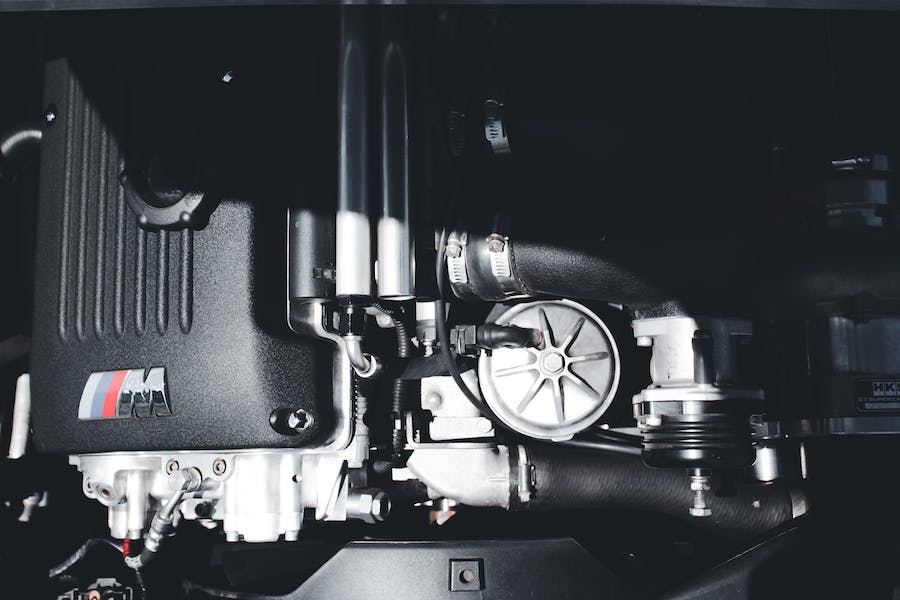In the world of automotive comfort and functionality, the heating system plays a pivotal role, especially during chilly winters. At the heart of this essential system lies the enigmatic component known as the heater core. This unassuming device serves a crucial function, working silently behind the scenes to keep you warm and comfortable while driving, all while ensuring the engine operates at the optimal temperature. But what exactly does a heater core do, and why and when do you need it? In this article, we will unravel the mysteries of the heater core, exploring its purpose, operation, types, maintenance, troubleshooting, and even the intricacies of replacement. Join us as we embark on a journey to understand the unsung hero of your vehicle’s heating system.
What Does A Heater Core Do?
A heater core is a vital component in a vehicle’s heating system, responsible for generating warm air within the cabin. It accomplishes this by using hot engine coolant to transfer heat, which is then circulated into the passenger compartment through a fan. In essence, the heater core functions as a mini radiator, ensuring the interior of the vehicle remains comfortable and warm during cold weather.
Why Do You Need A Heater Core?
A heater core is an essential component in a vehicle’s heating system for several important reasons.
- Passenger Comfort: The primary purpose of a heater core is to provide a comfortable and warm environment for passengers inside the vehicle. During cold weather, it ensures that occupants remain cozy and can drive comfortably without being exposed to harsh external temperatures.
- Defrosting Windows: A heater core also plays a vital role in defrosting windows and windshield. It generates warm air that can be directed towards the vehicle’s glass surfaces, preventing frost or fog from obstructing the driver’s view, which is crucial for safety.
- Engine Operation: Beyond passenger comfort, a heater core indirectly contributes to the proper functioning of the vehicle’s engine. By helping maintain the engine at an optimal operating temperature, it ensures efficient fuel combustion and reduces wear and tear, ultimately prolonging the engine’s lifespan.
- Year-Round Use: A heater core isn’t just beneficial in winter; it can be useful year-round. It aids in regulating the interior temperature of the vehicle, making it more versatile and comfortable for occupants regardless of the outside weather conditions. In summertime, the heater core can also be used for cooling by directing air from the air conditioning system. In this way, it enhances the overall driving experience throughout the year.
How Does A Heater Core Work?
A heater core operates by utilizing hot engine coolant to generate warmth for the vehicle’s interior. The process involves:
Circulation: Hot coolant flows from the engine through hoses to the heater core, which is typically located in the dashboard or firewall area.
Heat Transfer: The hot coolant inside the heater core radiates heat, which is transferred to the air passing through the core’s fins and tubes.
Blower Fan: A blower fan or motor forces air over the heated core, where it absorbs the warmth.
Distribution: The warmed air is then directed into the vehicle’s cabin through vents, providing heating for passengers. By this method, a heater core effectively warms the interior of the vehicle during cold weather, ensuring passenger comfort.
When Do You Need A Heater Core?
You need a heater core in your vehicle primarily during cold weather conditions. The heater core plays a crucial role in maintaining cabin warmth, making it essential for:
Cold Weather: It ensures passengers stay warm and comfortable during winter or chilly days.
Window Defrosting: A functioning heater core helps defrost and demist windows, ensuring clear visibility.
Engine Temperature: It aids in maintaining the engine’s optimal operating temperature by regulating coolant flow. Overall, a heater core is necessary to enhance passenger comfort, safety, and the proper functioning of the vehicle, especially in cold climates.
Maintenance And Troubleshooting
Maintenance and troubleshooting of a heater core are essential to ensure it functions optimally. Here are some maintenance tips and common troubleshooting steps:
1. Maintenance:
Coolant System Checks: Regularly inspect the coolant level and quality to prevent contamination or leaks that may affect the heater core.
Flushing: Periodically flush the coolant system to remove debris, sediments, and air bubbles that can hinder heater core performance.
Heater Core Cleaning: If the heater core shows signs of reduced efficiency, consider professional cleaning or flushing to remove built-up debris.
2. Troubleshooting:
Insufficient Heating: If the heater does not provide adequate warmth, check the thermostat, coolant level, and the heater control valve for issues.
Coolant Leaks: Look for signs of coolant leaks in the cabin, such as a sweet odor or damp carpets. Leaks could indicate a damaged heater core or related components.
Foggy Windows: If windows consistently fog up or fail to defrost, it may be a sign of a malfunctioning heater core or a clogged air intake.
Unusual Noises: Any unusual noises, like hissing or gurgling sounds, could be indicative of air trapped in the system or a leak.
Overheating Engine: A malfunctioning heater core can disrupt the engine’s cooling system, leading to engine overheating. Monitor your engine temperature gauge.
Professional Inspection: If issues persist, it’s advisable to seek professional assistance for a thorough diagnosis and repair of the heater core.
Conclusion
In conclusion, the heater core is an indispensable component of your vehicle’s heating system, ensuring comfort and safety during cold weather. Understanding its function, importance, and maintenance is crucial for a pleasant driving experience. Regular maintenance, coolant system checks, and troubleshooting can help prevent issues and ensure the heater core’s efficiency. Should problems arise, seeking professional assistance is advised. So, next time you enjoy a warm and cozy ride on a chilly day, remember the unsung hero in your vehicle—the heater core—working tirelessly to keep you comfortable and safe.
FAQ’s
What Causes A Heater Core To Malfunction?
Common causes include corrosion, coolant leaks, clogs from debris, or air pockets in the coolant system.
Can I Drive With A Faulty Heater Core?
Yes, but it’s not recommended. A malfunctioning heater core can lead to engine overheating, and it compromises passenger comfort and safety.
How Often Should I Flush My Heater Core?
It’s advisable to flush the heater core as part of regular coolant system maintenance, typically every 2 to 5 years or as recommended in your vehicle’s manual.
What Are Signs Of A Leaking Heater Core?
Symptoms include a sweet smell in the cabin, damp carpets, and foggy windows, as well as a visible coolant leak.
Can I Replace A Heater Core Myself?
It’s a complex job and often best left to professionals due to the need for extensive disassembly of the dashboard and cooling system expertise.




















Leave a Reply